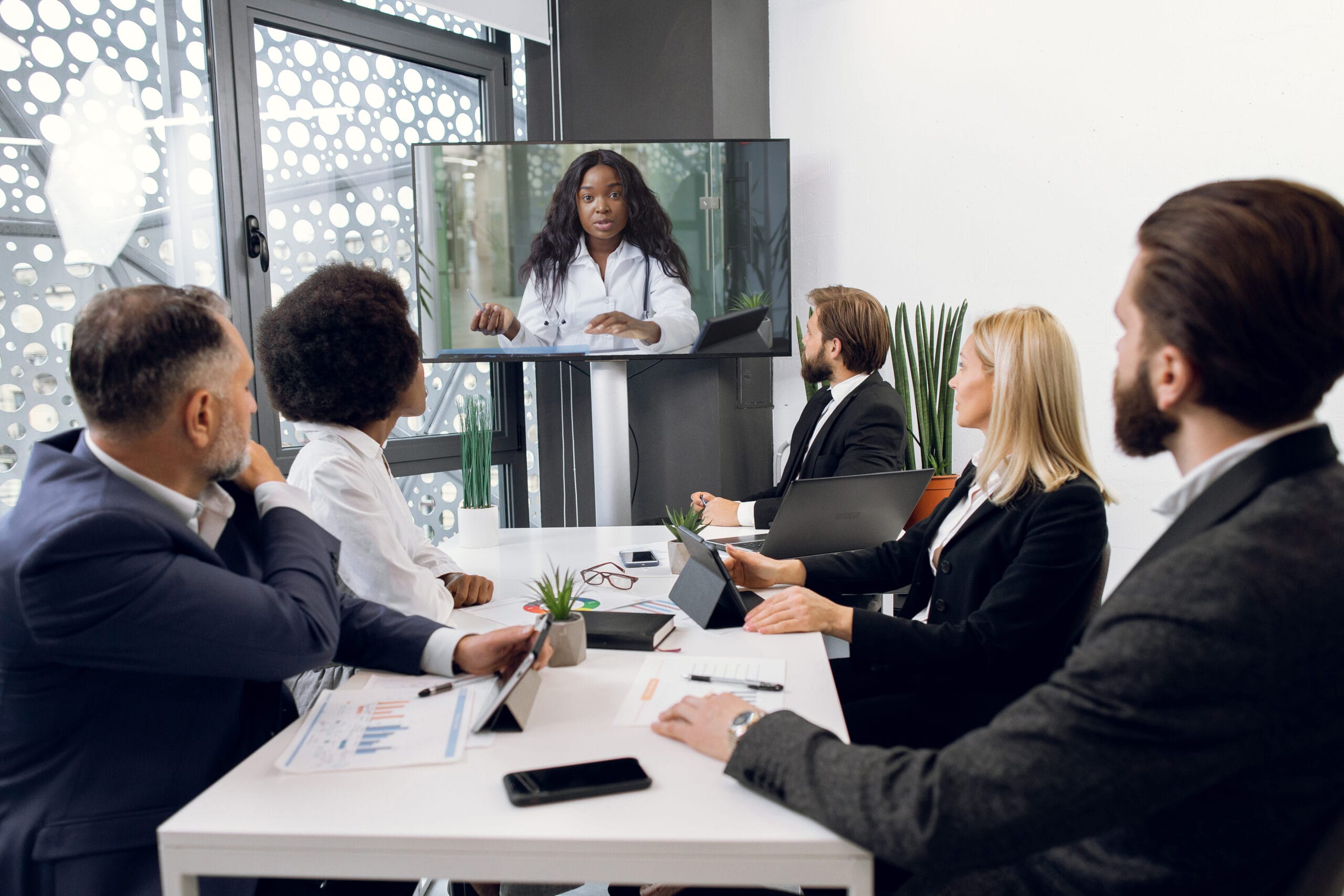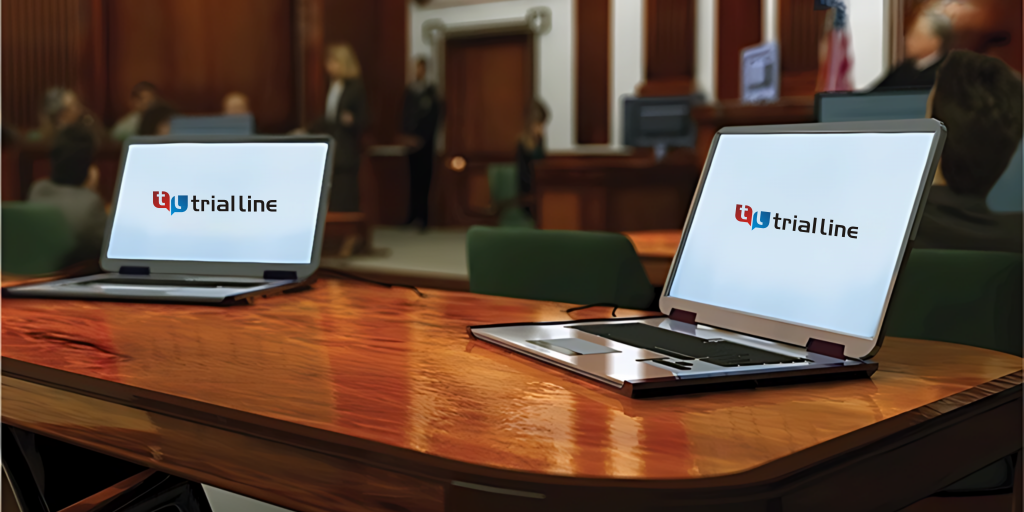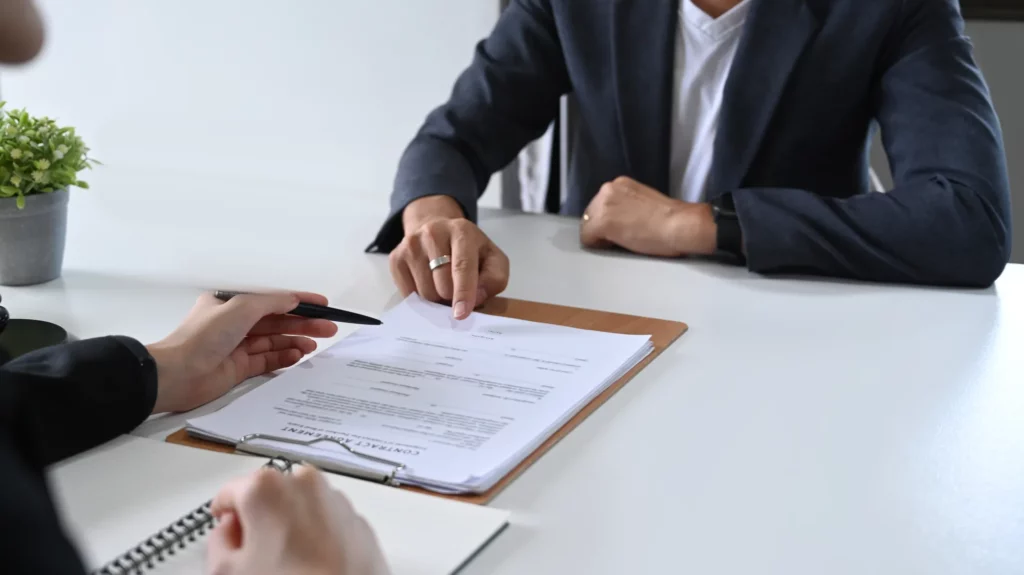How Trial Presentations Are Critical for Effective Cross-Examination in Court
How Trial Presentations Are Critical for Effective Cross-Examination in Court
Blog Article
The Power of Visuals in Trial Presentations for a Winning Disagreement
The integration of visuals in trial discussions has actually emerged as an essential element in successfully communicating complicated debates to jurors. By utilizing different types of aesthetic aids-- be it diagrams, photos, or computer animations-- lawyers can enhance understanding and retention, eventually forming the court's perception of the situation. This technique not just clarifies elaborate narratives yet additionally establishes an emotional resonance that can influence decision-making. As we check out the subtleties of this approach, it becomes important to take into consideration just how specific sorts of visuals can make a significant difference in trial results. What functional methods might lawyers employ to maximize this potential?
Value of Visuals in Tests
In numerous legal settings, visuals play a crucial role in boosting the performance of test presentations. The integration of aesthetic components can substantially affect jurors' understanding and retention of complicated information, thereby forming their understandings and decisions. Visuals, such as charts, layouts, and photos, can simplify intricate stories, making them a lot more available and compelling.
In addition, the human mind processes aesthetic info more successfully than text, which underscores the relevance of integrating visuals into lawful arguments. By converting dense legal concepts right into visual formats, lawyers can facilitate more clear communication, ensuring that vital points are not overlooked throughout tests.
Furthermore, visuals serve to engage jurors on a psychological level, cultivating a connection to the instance that words alone may fall short to accomplish. The critical use of visuals can stimulate empathy, motivating jurors to consider the human facets of the case.
Ultimately, the value of visuals in tests depends on their capacity to enhance clearness, boost juror interaction, and enhance the narrative existing. This powerful combination is vital for crafting influential arguments that reverberate with jurors and affect the outcome of legal process.
Kinds Of Visuals to Use
Efficient test presentations can significantly gain from a selection of visual tools that satisfy various facets of the case. trial presentations. Using representations and graphes can properly break down complex info, making it a lot more absorbable for jurors. Flowcharts can illustrate the sequence of events, while bar graphs may succinctly compare appropriate data points.

Animations and simulations can also play an important duty, especially in situations entailing technical data or detailed scenarios. These visuals can dynamically represent procedures or activities, providing clearness and interaction that fixed images may not accomplish.
Moreover, infographics incorporate message and visuals to sum up crucial information effectively. They can present timelines, statistics, and significant case points in a visually appealing manner, making it easier for jurors to top article follow the argument.
Enhancing Understanding and Retention

Enhancing comprehension and retention during test discussions is vital for making sure that jurors comprehend the vital aspects of a case. Aesthetic help work as effective devices in this regard, translating intricate details right into quickly digestible layouts. By making use of charts, layouts, and infographics, lawyers can simplify intricate information and highlight vital factors that may or else be ignored.
Studies have actually shown that people maintain information dramatically better when it is presented aesthetically. This is particularly pertinent in a test setting, where jurors might be overwhelmed by the volume of proof and statement. By strategically integrating visuals, attorneys can guide jurors' attention to one of the most crucial facets of the case, enhancing their understanding and memory of the material provided.

Creating Involving Presentations
Fascinating jurors' attention throughout test discussions is necessary for conveying an engaging narrative. Involving presentations take advantage of visual aspects to create an unforgettable experience that reverberates with jurors. The calculated use graphics, animations, and video clips can elucidate complicated information, making it a lot more accessible and relatable.

In addition, integrating narration methods can boost interaction. Presenting proof in a logical series that builds sob story enables jurors to get in touch with the material on an individual level. Diverse presentation styles, such as including short video clip clips or interactive elements, can additionally sustain rate of interest and attention throughout the trial.
Inevitably, an engaging discussion cultivates a much more extensive understanding of the case, allowing jurors to much better appreciate the official statement disagreements existing and resulting in a much more desirable result.
Study and Success Stories
Various instance researches highlight the significant effect of visuals in test discussions, demonstrating their capability to affect juror assumptions and inevitably the outcomes of situations. As an example, a remarkable case involving an injury insurance claim highlighted just how the usage of a 3D animation of the accident scene cleared up complicated information. Jurors reported really feeling even more educated and compassionate, dramatically guiding their choice for the complainant.
In one more circumstances, a business litigation situation used infographics to present financial data and timelines, making intricate information accessible. The visual depiction made it possible for jurors to realize the subtleties of the situation better than verbal explanations alone. trial presentations. Consequently, the court returned a decision that surpassed the client's expectations
The compelling visuals not just assisted in developing question but additionally resonated psychologically with jurors, leading to an acquittal. These success tales highlight the home necessity of incorporating visuals into test presentations, as they improve understanding, retention, and ultimately, the influential power of legal disagreements.
Conclusion
In verdict, the tactical consolidation of visuals in test discussions considerably improves jurors' understanding and retention of intricate information. Engaging presentations, supported by engaging instance researches, show the extensive influence that visuals can have on influential communication.
Report this page